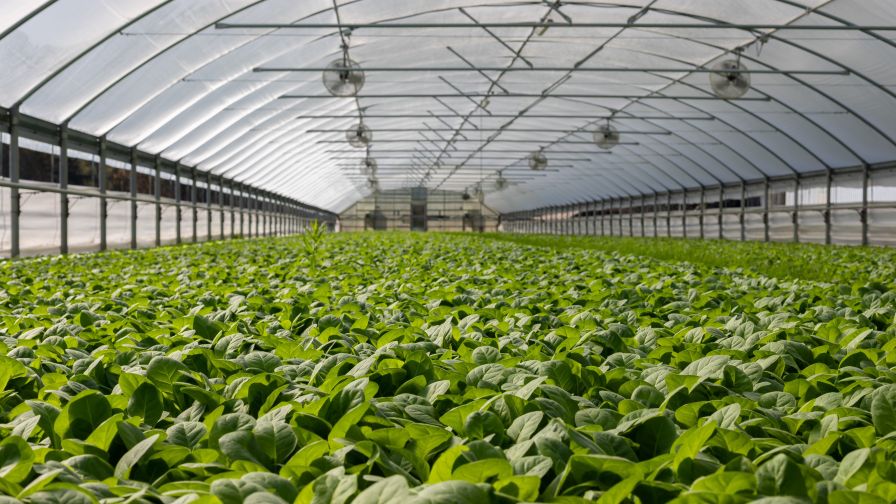Protect Your HVAC Investment With Coil Coatings
 HVAC equipment has gained notoriety on a national scale over the past two years. Often seen as little more than a heating and cooling solution, there has been an increase in awareness of the role mechanical HVAC units play in indoor air quality (IAQ) because of the COVID-19 pandemic. With well-maintained HVAC systems being a critical component to minimizing airborne pathogens, it’s important that these units stay operational throughout the year.
HVAC equipment has gained notoriety on a national scale over the past two years. Often seen as little more than a heating and cooling solution, there has been an increase in awareness of the role mechanical HVAC units play in indoor air quality (IAQ) because of the COVID-19 pandemic. With well-maintained HVAC systems being a critical component to minimizing airborne pathogens, it’s important that these units stay operational throughout the year.
Many industries rely on HVAC systems to create comfortable and productive environments, and in addition to avoiding major repair expenses, it’s important to take proactive measures to keep them running properly to ensure safety and efficiency.
Protecting your HVAC equipment is paramount, and applying coil coatings will help combat corrosive agents in corrosion-prone environments. Here are a few ways to mitigate corrosion attacks.
E-Coat and Spray-Applied Factory Coatings
One of the best ways to protect your HVAC coils is by specifying OEM factory e-coated coils in your project upfront. E-coats, such as ElectroFin E-Coat from Modine Coatings, are an electro-deposition coating process that involves epoxy paint particles evenly suspended in deionized water. When it is electrically charged, the paint particles migrate to and bond with aluminum, copper, and other conductive metal surfaces that form the heat exchanger coils. The ElectroFin E-Coat Coating is applied in very specialized facilities where the coils are fully immersed into large process tanks. The ElectroFin E-coat process allows for 100% complete penetration and uniform deposition of the coating through the coil no matter how thin or thick the heat exchanger is or how densely it’s packed.
E-coats are also flexible and impact resistant. Coils protected with a brittle coating can crack or flake when the coil is bent, making it more susceptible to corrosion. In the case of the ElectroFin E-Coat, it can resist a vast array of chemicals, which is much more than phenolic coating. In addition, when using coatings such as the ElectroFin E-Coat, a coil’s original heat transfer rates are maintained longer over the extended life of the coil because it exhibits excellent adhesion to all the most common metallic heat transfer surfaces including copper, aluminum, and galvanized and stainless steel.
Aftermarket Protection
When it comes to protecting your HVAC investment, there are aftermarket options available that provide premium protection against corrosive agents. Aftermarket solutions like the GulfCoat Contractor Series or the Insitu Spray Applied Coating, can be used to create a barrier of protection for HVAC coils, cabinets, and components. Aftermarket products can provide facility managers and commercial building owners with an option that can be applied on-site by a licensed professional while reaping the same rewards as those who choose to opt for OEM factory-applied coatings.
Aftermarket solutions can protect your HVAC unit and extend its operational efficiency.
Maintaining Coil Coatings
An often-overlooked aspect of protecting your HVAC investment is maintaining and cleaning your coated coils. Regular cleaning, typically every six months, will help ensure the coatings can deliver the proper protection against corrosive agents. When performing maintenance, consider choosing a recommended cleaner. Not only will this help maintain the integrity of the coating, but it may also help you keep your warranty intact.
HVAC units are a valuable part of industries across the nation, and protecting that investment is vital. No matter if you are a greenhouse growing fruits and vegetables or a school looking to maintain enhanced IAQ, these machines need to perform at maximum efficiency. Investing in coil coatings and cleaning them regularly will go a long way in keeping the unit performing at optimal levels while extending its operational life.









